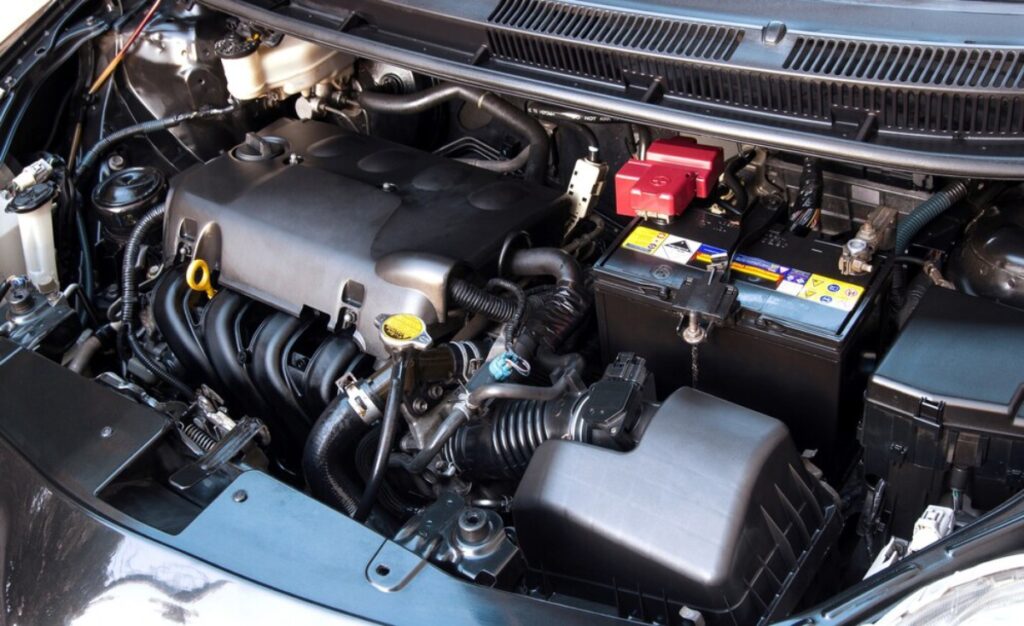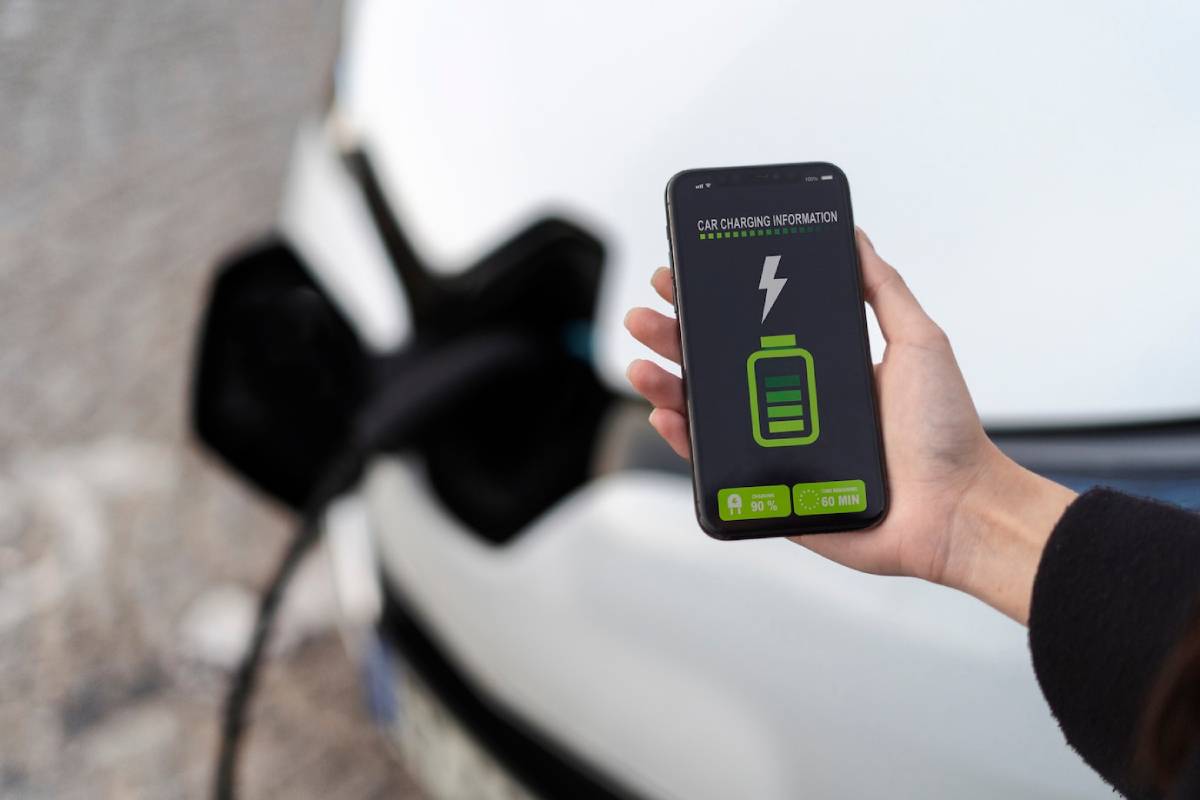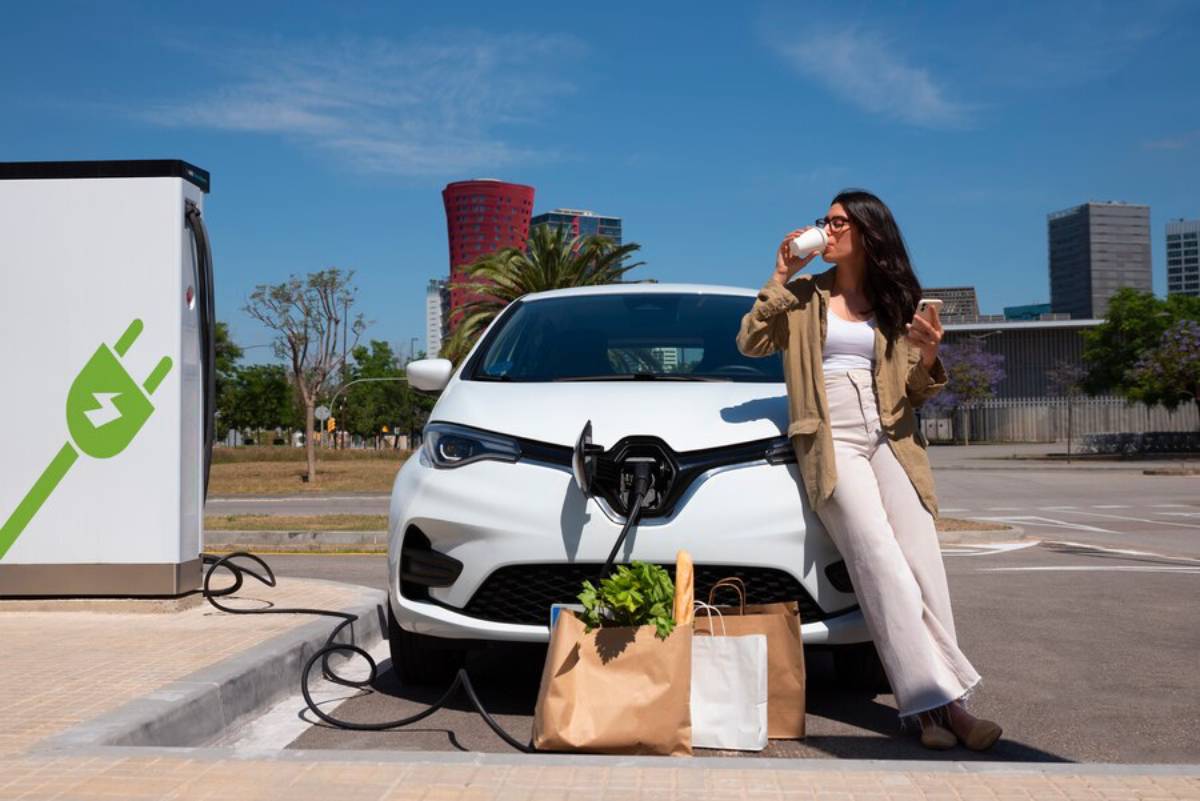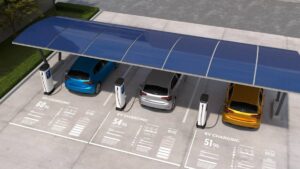The Automobiles Blog

Innovations in Battery Cooling Systems for EVs
Transportation now includes electric vehicles (EVs). They are more environmentally friendly than petrol and diesel cars. As EV adoption soars, that’s a huge challenge for both makers and buyers. They need to make these vehicles efficient, safe, and prepared for today’s driving. A key aspect of this efficiency is how the vehicle’s battery and cooling system are managed.
This article looks at new EV battery cooling technologies. These innovations help improve the performance, lifespan, and safety of electric car batteries. We will explore how battery cooling works. We’ll look at new advancements and see how these changes are shaping the future of EVs.
Understanding the Importance of Battery Cooling in EVs
Why EV Battery Cooling Matters

The heart of any electric vehicle is its battery, which powers the vehicle’s electric motor and determines its range. However, as with all high-performance technologies, batteries are subject to heat generation. Heat is a natural result of battery use. It comes from charging, discharging, and fast driving. Excessive heat can lead to reduced battery life, poor performance, and, in some extreme cases, safety risks such as fires or explosions.
This is where battery cooling systems come into play. A good battery cooling system keeps the battery at the right temperature. This stops overheating and boosts charging efficiency. It also helps the battery last longer.
How Heat Affects EV Batteries
Before looking at battery cooling innovations, it’s key to grasp the main issue: heat. Heat forms when battery cells charge and discharge. As the battery gets older, it loses its ability to release heat effectively. If the battery gets too hot, the chemical reactions inside can break down. This can lower its capacity and raise the chance of failure. This can also result in longer charging times, slower performance, and reduced driving range.
Battery cooling systems are key to keeping operating temperatures just right. They help prevent problems. Without these systems, EV owners might need to replace their batteries sooner than expected. This can greatly raise the total cost of ownership.
The Science Behind Battery Cooling Systems
How Battery Cooling Works in Electric Vehicles
Battery cooling systems aim to regulate the temperature of the battery cells through various methods. These systems cool the battery using air, liquid, or phase-change materials. They help manage the heat made during the operation.
- Air Cooling: This is the easiest and cheapest way to cool. It uses the surrounding air to flow through the battery pack. This air absorbs heat and helps cool the batteries. This system works well in moderate climates. However, it might not be enough in hot areas or for high-performance vehicles that produce extra heat.
- Liquid Cooling: Liquid cooling is an efficient system. It uses coolant fluid to absorb heat from the battery. Then, it transfers this heat through pipes or heat exchangers. Liquid cooling offers steady cooling. This makes it perfect for high-performance EVs that need strong temperature control.
- Phase-Change Cooling: This method uses materials that soak up heat when they turn from solid to liquid. This process helps keep temperatures steady for a long time. This system offers great cooling without needing a big cooling setup. This makes it ideal for lightweight or compact EV designs.
Battery Thermal Management Systems (BTMS)
Many modern EVs use Battery Thermal Management Systems (BTMS). It blends different cooling techniques. This keeps the battery running at its most efficient temperature. These systems may use air or liquid-based cooling systems, along with strategically placed heat sinks, to draw away excess heat. Some vehicles use active systems. They adjust the temperature based on battery conditions. This helps to improve safety and performance.
Innovations in EV Battery Cooling
Emerging Technologies in Battery Cooling
Over the last decade, advancements in battery cooling technology have been integral in driving the EV market forward. These innovations are key. They fix the limits of older cooling systems and boost overall EV performance. Let’s take a closer look at some of the most promising developments.
Liquid-to-Air Heat Exchange Systems
One of the most innovative approaches to battery cooling is the use of liquid-to-air heat exchange systems. Coolant moves through the battery pack to absorb heat. Then, it goes to a heat exchanger, which sends the heat to the outside air. This design boosts cooling efficiency. It uses both liquid and air cooling. This is especially helpful for high-performance EVs.
Case Study: The Tesla Model S has a smart liquid-cooling system. It uses glycol-based coolant to keep battery cells at the right temperature. This system helps Tesla provide longer ranges and faster charging than its rivals. This sets Tesla apart as a leader in EV technology.
Phase Change Materials (PCMs)
Phase change materials (PCMs) are becoming popular for battery cooling technologies. These materials have the ability to absorb heat as they transition from a solid to a liquid state. Integrating PCMs into the battery cooling system helps manufacturers create a smaller and more energy-efficient cooling option.
PCMs are becoming popular in high-performance EVs. They offer steady cooling for long times, even in tough conditions. They keep stable temperatures during long trips and fast charges. This helps the battery perform well over time.
Graphene-Based Cooling Solutions
Graphene is an innovative material known for its exceptional thermal conductivity. Using graphene-based materials in battery cooling systems helps manufacturers cool batteries faster. This reduces the chance of overheating. Graphene conducts heat better than other materials. This helps battery packs manage heat more effectively. As a result, performance and lifespan improve significantly.
Many research projects and partnerships are working to add graphene to new EV cooling systems. Early results are promising. They could change how EVs handle thermal regulation.
Liquid Metal Cooling
Liquid metal cooling is another advanced method under investigation. Liquid metals, like gallium or indium, are better than traditional coolants. They transfer heat well because they have high thermal conductivity. Circulating liquid metals in the battery pack helps manufacturers cool it down quickly. This keeps the battery at the right temperature for better performance.
This technology is new, but it could really boost cooling efficiency. It may also lower weight compared to traditional cooling systems.
The Impact of Battery Cooling on EV Performance
How Cooling Systems Enhance EV Range and Efficiency
Battery cooling systems directly boost an electric vehicle’s range and efficiency. Batteries work better when kept at the right temperatures. This helps them last longer between charges.
A cool battery handles fast charging better. It reduces stress on the cells and lets the car charge quickly without overheating. This is important because EV owners want faster charging and more reliable vehicle performance.
Preventing Overheating During Fast Charging
As fast-charging stations increase, so does the need for better battery cooling solutions. Rapid charging creates a lot of heat. If this heat isn’t controlled, it can seriously harm batteries. Cooling systems are key to avoiding overheating. This is especially true when using high-power chargers. Without proper cooling, the battery’s lifespan could be shortened.
Enhancing the Longevity of the Battery
Another key benefit of effective battery cooling is its positive impact on battery longevity. Cooling systems regulate temperature. This helps reduce battery cell wear. As a result, the cells keep their capacity and efficiency longer. This results in fewer replacements, lower total ownership costs, and a more sustainable lifecycle for the vehicle.
The Future of EV Battery Cooling
Trends to Watch in EV Battery Cooling
The future of EV battery cooling is bright. New technologies are being created to meet the needs of consumers and manufacturers. Here are some key trends to watch for in the coming years:
- Integration with Autonomous Technology: As self-driving cars grow in number, battery cooling systems must adapt. They need to handle extra computing power and sensors while keeping the battery temperature stable.
- Sustainability: The automotive industry is now focused on being more sustainable. So, manufacturers are looking for eco-friendly cooling solutions that reduce environmental impact.
- Smart Cooling Systems: Future cooling systems may use AI and machine learning. They will predict and respond to temperature changes in real-time. This will help optimize battery performance and extend battery life.
Conclusion: Paving the Way for the Future of Electric Vehicles

In short, battery cooling is essential to the future of EVs. This is where cooling systems are crucial for maintaining performance and range. They also contribute to workplace safety and longevity. To put it simply, EV tech optimises the performance of electric vehicles. New ideas are shaping the future of EV battery technology. Liquid-to-air heat exchangers, phase change materials, graphene solutions, and liquid metal cooling lead the way.
The EV market is growing. Battery cooling innovations will lead to more efficient, reliable, and high-performance electric vehicles. If you’re thinking about buying an EV soon, stay updated on these changes. They will greatly affect your driving experience.
Ready to explore the world of EVs? Stay up to date with the latest in battery technology and make an informed choice for your next electric vehicle.









